Some people have a very difficult time developing muscle. Hardgainers, despite their greatest efforts, yield little progress. Conversely, “growers” reap amazing results despite what seems like minimal effort. The disparity between the two is often ascribed to genetics but the typical hardgainer has flaws in their approach to building muscle. Below are ten of the most common.
- Conflicting Goals: Most of the hardgainers I meet want to build muscle and lose fat. While successfully addressing both goals at the same time is possible (especially for those new to exercise and gifted), the potential for change is smaller in comparison to addressing the goals separately. Maximum muscle growth requires increased calorie intake and minimal activity (especially aerobic activity) outside of muscle-building workouts. Maximum fat loss, conversely, requires reduced calorie intake and high levels of activity outside of muscle-maintaining workouts. To avoid nullifying their efforts, hardgainers need to go hard in one direction at a time. For example, they should focus solely on building muscle for three months and then switch to focusing on fat loss for three months. Separating goals into distinct periods of time (known as periodization) should be the foundation of all programs.
2. Having a phobia of gaining fat. Clients often jeopardize their muscle building efforts to pacify their fear of gaining fat. Closet cardio and fatty food abstinence are common, highly counterproductive behaviours. The key to building muscle is to support your body’s anabolic drive. Aerobic exercise is catabolic and fats (as well as other nutrients) contained in meat, fish and whole eggs are necessary for a vigorous metabolism. Your self-esteem needs work If the thought of gaining half a percent body-fat frightens you. Favour the identity of a goal assailing beast as opposed to a pretty (and procrastinating) princess.
3. Pusillanimous Exercise Choices: If you need to find a group of hardgainers in your gym, just venture over to the functional trainers and inflatables – preoccupy yourself with these devices and just maintaining your physique will be a major victory! Pusillanimous exercises have common traits:
a. They occupy the extremes of the stability continuum. That is, they are either too unstable (involving wobble boards and balls) or too stable (involving machines). Too much instability limits target tissue strain by sacrificing load. For example, most reasonably strong people (with their feet well based on the floor) can strain their biceps with a curl equalling fifty percent of their bodyweight. However, if that strong individual compromises their base by standing on a wobble board their ability to curl will drop to pusillanimous poundages. Someone with good balance might be able to tax their biceps with twenty percent of their bodyweight – lifting toddlers requires more strength than that! (note: never lift toddlers while standing on an unstable surface) Too much stability, on the other hand, limits whole-body strain which is important for eliciting a general physiological response (the release of testosterone, growth hormone etc.). Machines, which feature benches, supports and guided resistance eliminate much of the muscular engagement necessary to control posture, base and movement.
b. They feature plastic or rubber.
c. Are often unilateral. The best leg exercises for muscular mass use both legs and both arms at the same time. Single limb leg exercises simply do not support enough load for hardgainers. Less load means less tension on postural and target muscles. No legitimate hardgainer will satisfy their need for leg development by using lunges, step ups, split squats or pistol squats.
Effective exercises also have common traits:
a. They occupy the middle of the stability spectrum (neither too unstable nor artificially rigid). Free weight and bodyweight exercises place an enormous demand on muscles. Maximal muscle engagement is required to support posture, base, movement and load. The high level of whole-body strain triggers a big physiological response. With little practice, effective exercises allow the use of functional loads – loads stimulating enough to cause growth in target muscles.
b. They feature bodyweight and iron.
c. Are usually bilateral. As mentioned above, static leg exercises should be supported by the optimal placement of both feet. You are most stable when you can support the most weight. Bilateral barbell deadlifts and back squats are the most important exercises for the hardgainer. There exists no other alternative.
4. Horrendous Technique: A hoisted weight does not mean successful stimulation of the target muscle. I am amazed at the ability of some individuals to complete a repetition despite completely bypassing the appropriate musculature. Watch out for inappropriate leg drive, swinging, bouncing, kipping, non-existant negatives and minimal change in target joint angle. The vast majority of exercisers need to reduce the amount of weight they are using and slow their tempos until they improve their technique.
5. Piss-poor programming: All muscles have an adaptive niche. That is, a specific level of stress that causes the greatest result. For example, the lats respond best to fairly frequent training featuring low reps, heavy weights and multiple sets. Don’t settle for the generic prescription of 3 sets of 10 reps. Find the adaptive niches for your muscles through careful planning, observation and documentation. These programming “sweet spots” will greatly accelerate your results.
6. Inconsistency: Gifted exercise responders can miss workouts, swing from program to program and still build an awesome body. Hardgainers, without consistency, will achieve nothing. If you are a determined hardgainer, missed workouts must be rare. Plan on having to grind (with joy) on effective programs for a long time before making a switch. Hardgainers, trying to build muscle, have to battle just as hard as overweight people trying to lose fat.
7. Lack of Aggression: The gym is society’s most important emotional outlet. Challenge heavy barbell and body-weight exercises. Dig out your life’s bane and use it to ignite fury just prior to your most demanding lifts. Stop interrupting your drive and focus with moments on the phone as well as social dilly-dallying. Not only will your results improve – your mind and spirit will thank-you!
Compared to those gifted, it is very challenging for hardgainers to change their appearance. However, every hardgainer I have worked with has built major muscle after addressing the flaws above. Have patience, be methodical and you will persevere!
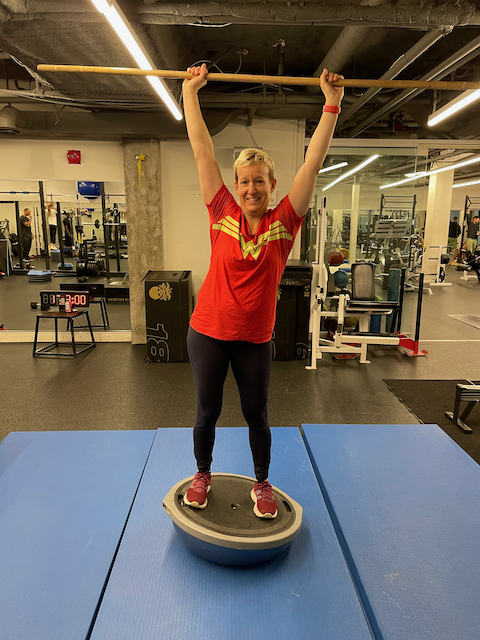
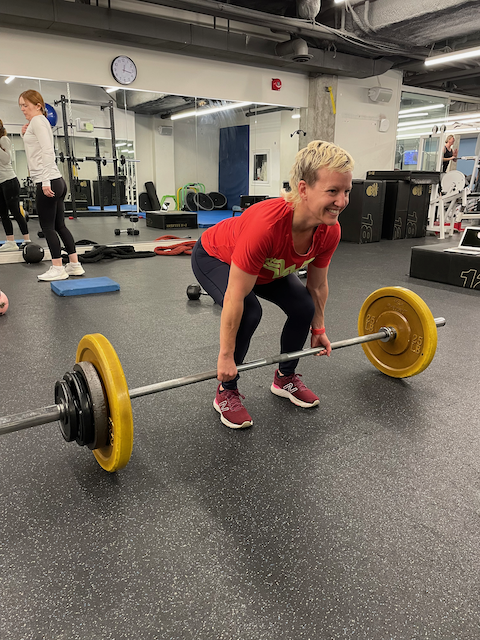
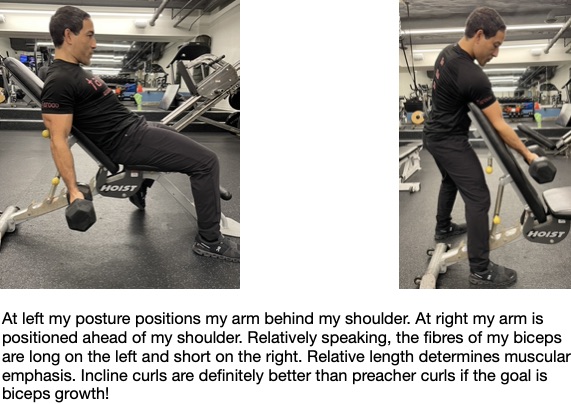
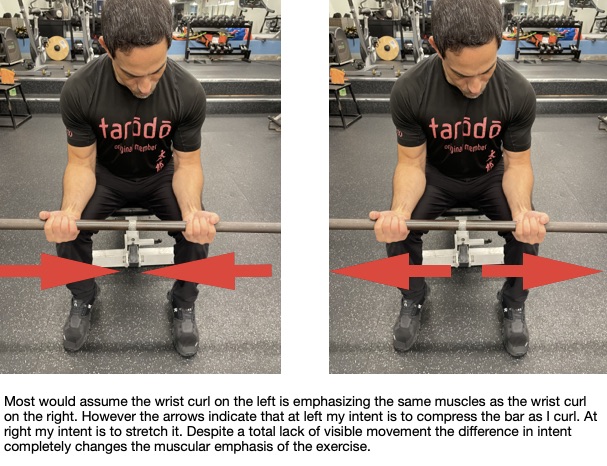
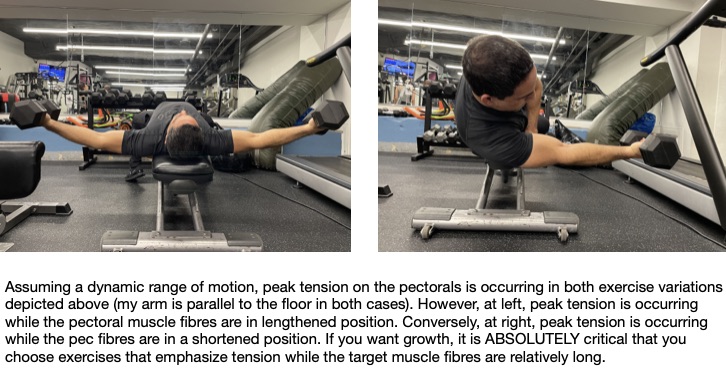
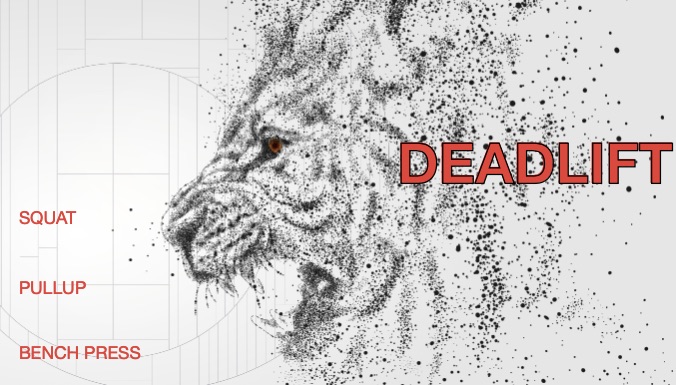
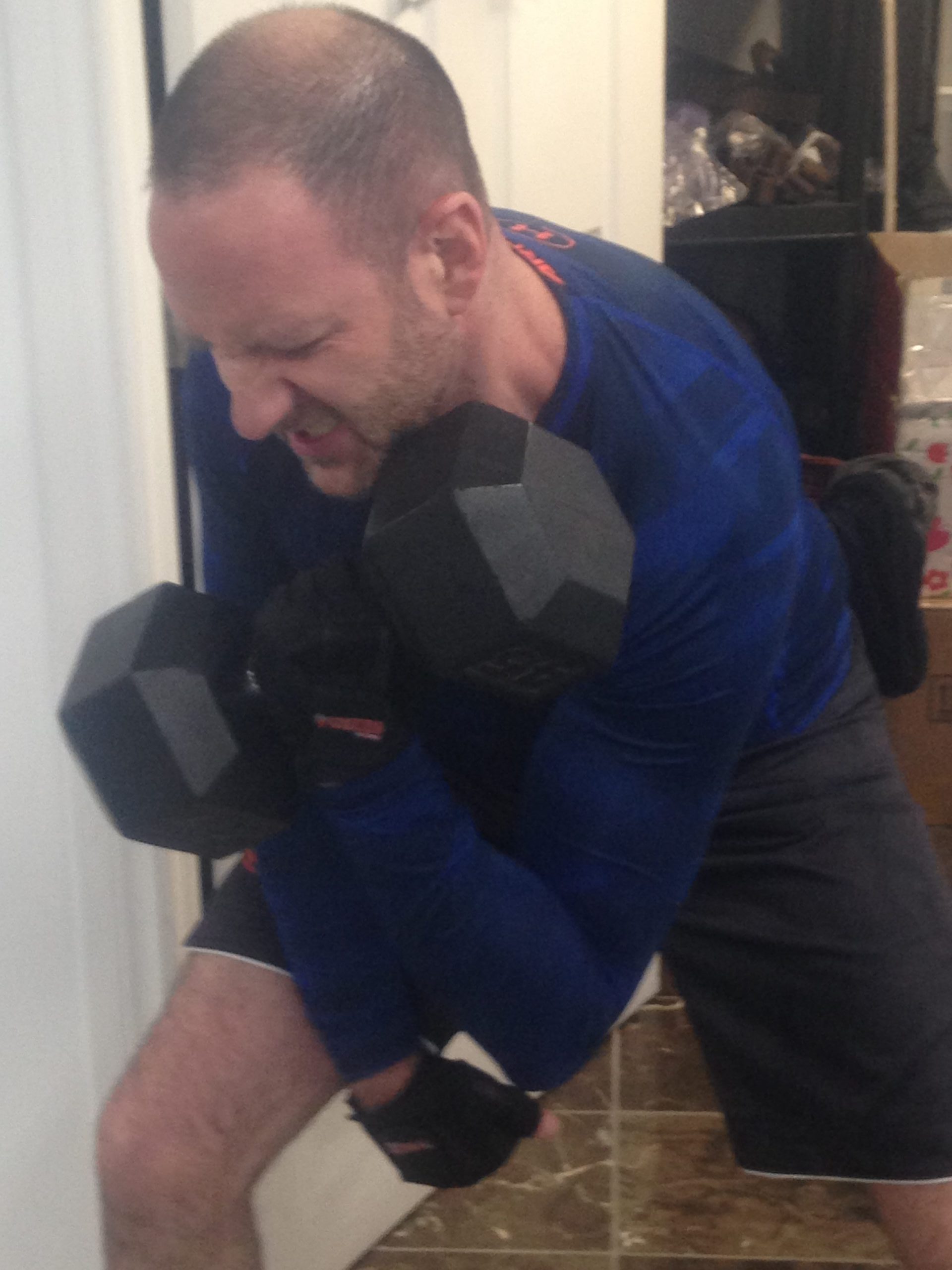
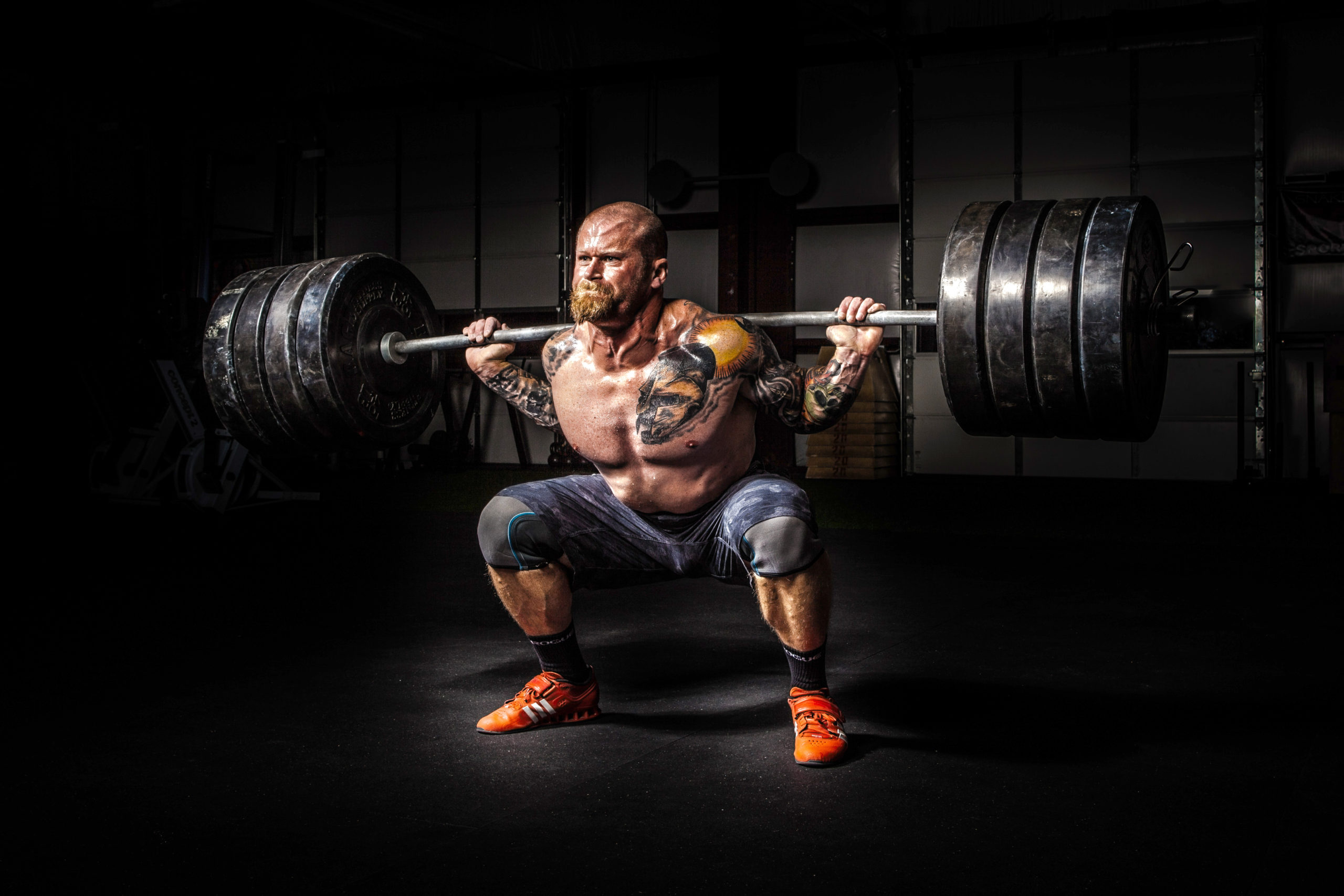
Recent Comments